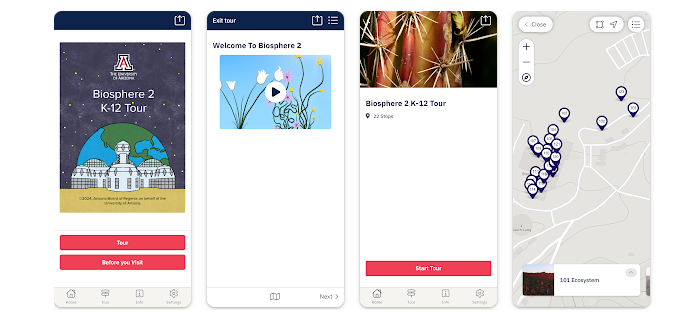SIMOC Live version 2.0 at SAM
Lead developer of SIMOC Ezio Melotti arrive to SAM at Biosphere 2 mid February. He receive Christopher Murtagh, Systems Architect and colleague of Kai Staats for more than twenty years. Together they built the point-to-point wireless feed from the SAM Operations Center to the Mars yard and into the SAM habitat analog. Chris built a new version of the SAM light-travel time delayed email server while Ezio continued to fine tune the form and function of the latest build of SIMOC Live and its sensor array.
Chris departed and Franco Carbognani arrived, a Sr. Engineer at the VIRGO gravitational wave observatory to work with Ezio on the SIMOC Live ad hoc, full mesh sensor array. This is a vast improvement on the version installed in SAM for the first two crew in that a unique sensor array will now be placed in the SAM lung, Test Module (green house), engineering bay, and crew quarters for a 4x increase in data generation and fidelity in air quality analysis.
To learn more, visit SAM …







